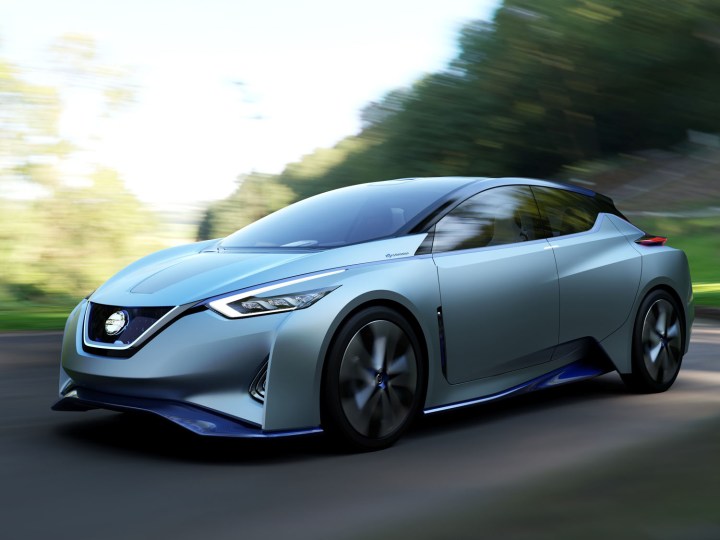
Nissan believes anthropologists can be valuable in understanding how humans interact with the emerging tech, so it hired Melissa Cefkin, who holds the title of “principal scientist and design anthropologist” at the carmaker’s Silicon Valley research center. Cefkin studies how humans interact with cars, and how autonomous systems may interpret those actions.
Cefkin specializes in working with corporations, having previous done stints at IBM, Sapient Corp., and the Silicon Valley-based Institute for Research on Learning. She came to Nissan in March 2015, and started out by analyzing interactions between drivers on the road, as well as interactions of cars with pedestrians, cyclists, and the environment itself. Cefkin and her team hope to use this information to teach self-driving cars how to behave like good human drivers.
Read more: Nissan promises to bring autonomous cars to the masses by 2020
“We’re trying to distill out of our work some key lessons for what an autonomous vehicle will need to know — what it perceives in the world and then how it can make sense, make judgments, and behave itself to be able to interact effectively in those different systems,” Cefkin said in a Nissan press release.
One area Cefkin is focusing on is intersections. She noted that drivers, cyclists, and pedestrians often use eye contact to signal their intentions, but that obviously isn’t an option with self-driving cars. Instead, she envisions future autonomous vehicles using lights to acknowledge the presence of pedestrians or communicate different actions. Something like this was incorporated into the Nissan IDS concept that debuted at the 2015 Tokyo Motor Show last year.
Nissan believes Cefkin’s work will form an important part of the autonomous-driving system it plans to introduce in 2020. The carmaker is aiming for the capability to navigate city traffic without any driver involvement. The system will build off of ProPilot, a semi-autonomous system Nissan plans to launch later this year, and a more advanced version of that system is scheduled for launch in 2018.
Editors' Recommendations
- Tesla Autopilot vs. full self-driving: What’s the difference?
- Beleaguered robotaxi startup Cruise lays off quarter of workforce
- Cruise’s robotaxi service suspended by California regulator
- Waymo expands robotaxi service area in San Francisco
- Cruise autonomous vehicle drives over woman just after she was hit by another car

